I recently spent some time writing the review of the Cambridge Audio P100 SE, and beyond being an incredibly good pair of headphones, they've also made me think. I flitted between them, the Bose QuietComfort Ultra Headphones and Sony's WH-1000XM5 during my testing, and I got to thinking.
Why do we keep spending upwards of $400 when there are some of the best headphones cost a whole lot less? As the world reaches a financial boiling point and life becomes more expensive than ever, I am glad that Cambridge Audio and other manufacturers stick to lower price points for their flagship audio products.
In some ways, they're better

Bose and Sony's headphones both sound good. The Sony options tend to be slightly more sonically refined than Bose's warmer sound, but you won't find anyone complaining when they put either model on their head.
But, as the Bowers & Wilkins PX7 S3 show us, they don't quite sound as good as their premium price point might suggest.
An extra case in point are the headphones we've got on hand here. The Melomania P100 SE sound undeniably more refined and well-considered than both the Sony XM5 and the QC Ultra — despite those two coming from more established headphone brands. In a single generation of headphones, Cambridge Audio has shown Sony and Bose how it should be done.
The bass is impactful and precise, with none of the fuzziness you'll sometimes find with Bose. The highs are clear and bright, more so than the Sony. The mids are wide and all encompassing, bringing together an excellent sound profile that lets you slide into your favorite wingback and enjoy the ride.

Where the Melomania manage to really stand out is their excellent soundstage. They sound very wide, and the instruments and their players are very easy to pick out amongst the din.
That's no mean feat, and it makes sure that the Cambridge Audio headphones really stand out when you compare them against the far more expensive competition.
They're a dab hand at every genre I threw at them, from R&B to Metal and Classical. They send a message to Sony and Bose. You can't rest on your laurels in the audio space anymore when cheaper options sound this good.
Built to last
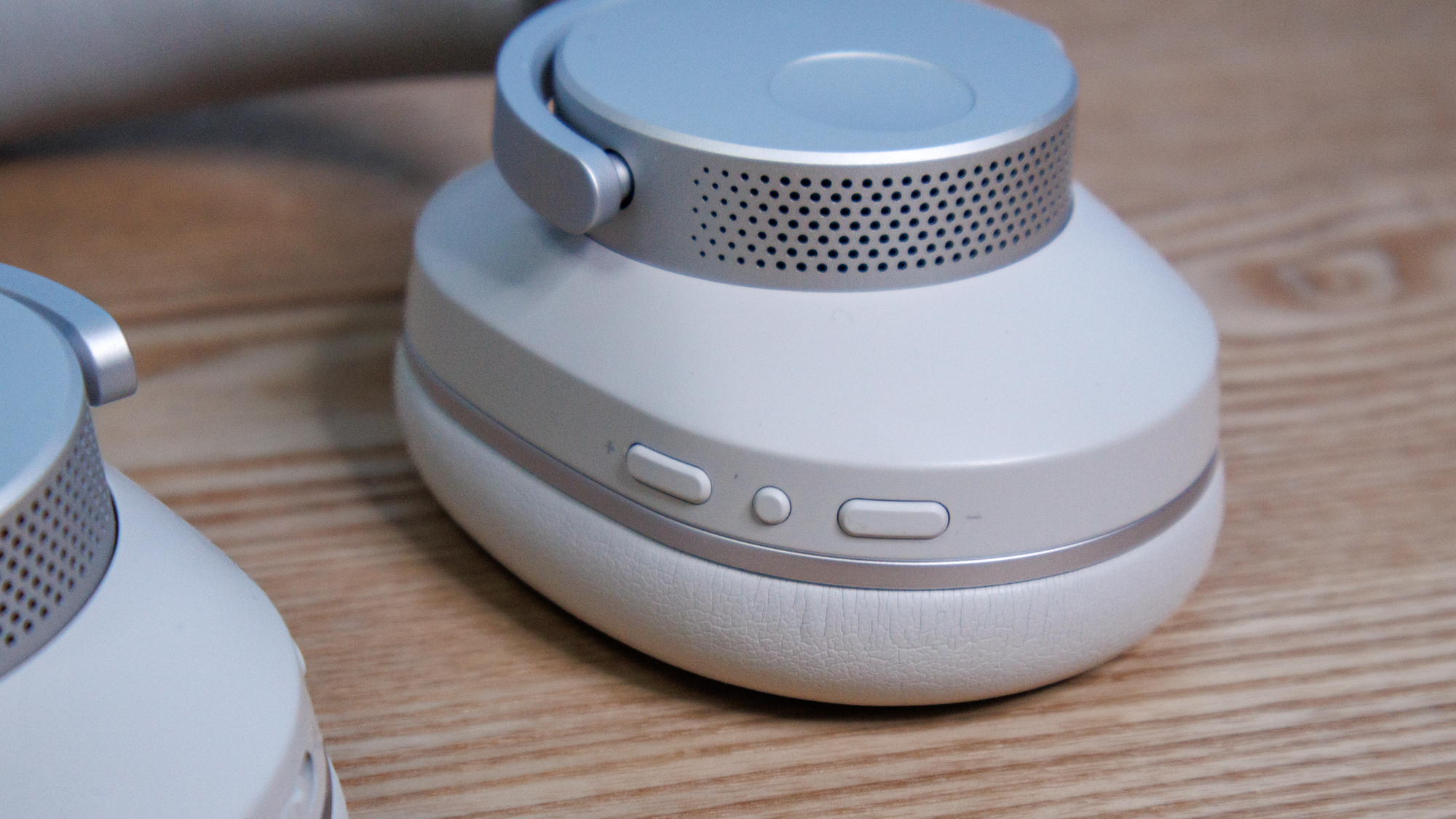
You might expect that the further down the headphone hierarchy you go, the lower the build quality becomes. In some options this is certainly the case, but Cambridge Audio bucks the trend with headphones that feel a darn sight better built than options that cost a whole lot more.
As much as I love my QuietComfort Ultra Headphones, they've always been a little rattly and shaky. They don't quite feel like a pair of $450 headphones, and I've always been disapointed by their build quality. While they're slightly heavier, the P100 SE feel a whole lot better built.
There's no unwanted rattling if you shake them or bang your head. The materials feel incredibly premium, and there are subtle metal accents that remind you $300 is actually still quite a lot of money.
Even when compared to Sony's plastic heroes the P100 SE feel like the more premium headset. All thanks to more substantial plastics and a more premium feel to the earcups.
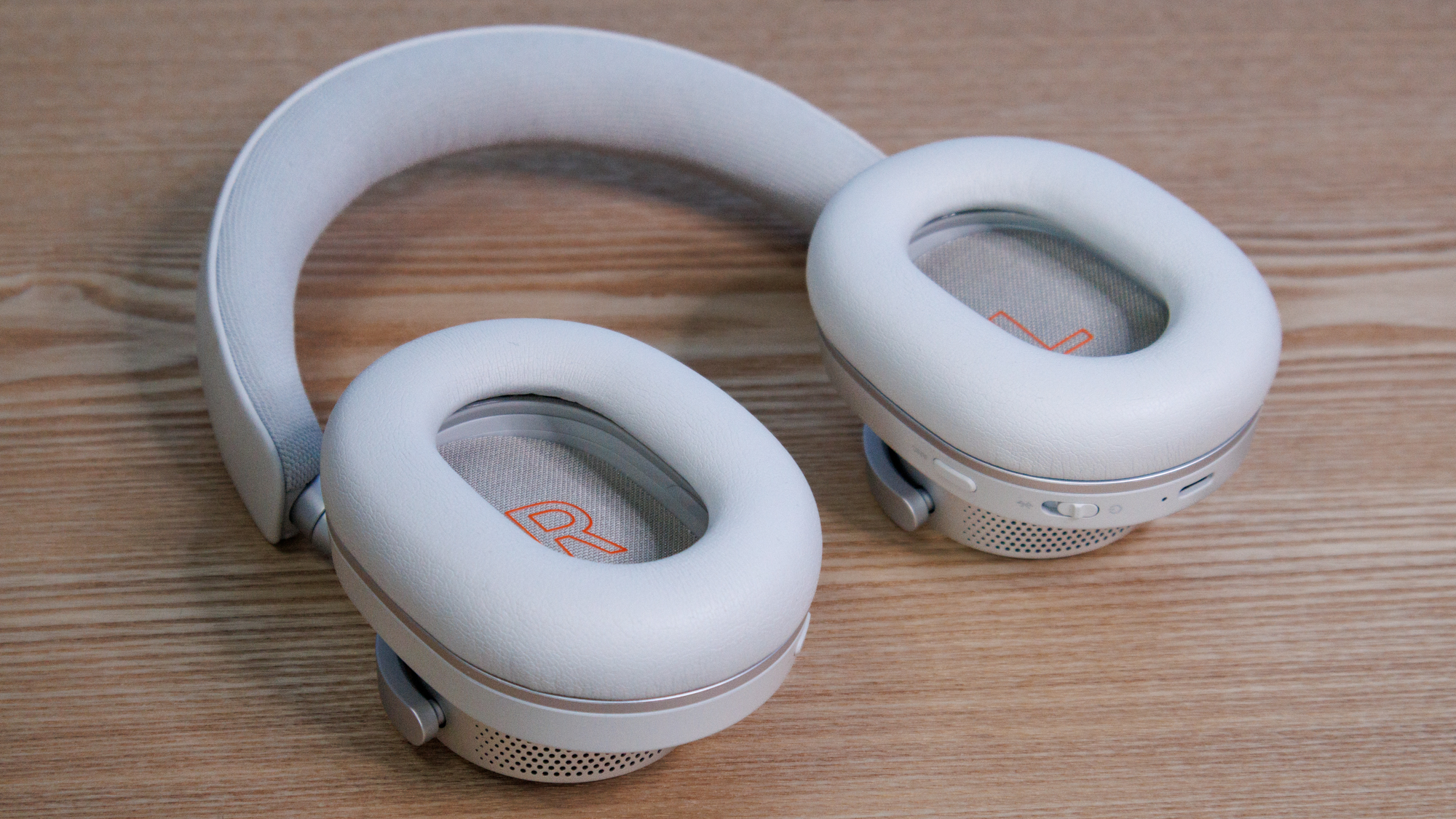
But don't take my word for it. I'm a headphone reviewer — I've used hundreds of pairs of headphones and evaluated their build quality, so perhaps I'm jaded.
No, trust the word of my mother, who's used perhaps one pair of headphones in her entire life. I laid out the three pairs in front of her, and asked her to pick out the one she thought cost the most.
Here's how it went down:
"Hey mom, of these three headphones, which do you think cost the most?"
She stroked her chin, looking up from her work.
"Why?"
"It's for my work, which do you think are more expensive?"
She spent a good ten minutes weighing each pair of headphones in her hands, turning them over to see the facets and details at hand. Eventually, she placed the P100 SE down.
"These ones"
"Why?"
"Well, they seem to be made of metal, and they weight more. Can I go back to my work now?
"Sure, mom, thanks for helping out."

So there you go — if you don't want to believe me about the build quality of the Melomania P100 SE, then you should believe my poor, long suffering mother. At least make sure that she didn't put up with my nonsense for nothing.
But it's just another point for the P100 SE in the long run that shows you don't have to spend hundreds more dollars for excellent headphones.
Battery life for (literal) days
The $400+ price point seems to have landed on a battery figure: 30 hours. In my mind that's still plenty of battery life, but there is still part of me that can see the allure of something that you don't have to charge as often.
If nothing else, it's something we'd have thought could be an easy stat to pad in the quest to make headphones more buyable than their competitors.
But that 30 hour figure stats to feel quite stagnant when you take into consideration the staying power of the likes of the P100 SE. They'll last you 60 hours on a charge with ANC turned on, and then 100 hours with the ANC turned off. That's three times the battery life of almost every single flagship pair of headphones.
Again, it goes to show that a lot of the real innovation in headphones happens further down the price bracket, where it's more difficult to stand out amongst a busier space. The result is headphones like the P100 SE, which do a standout job of laughing in the boys faces.
Price based compromises
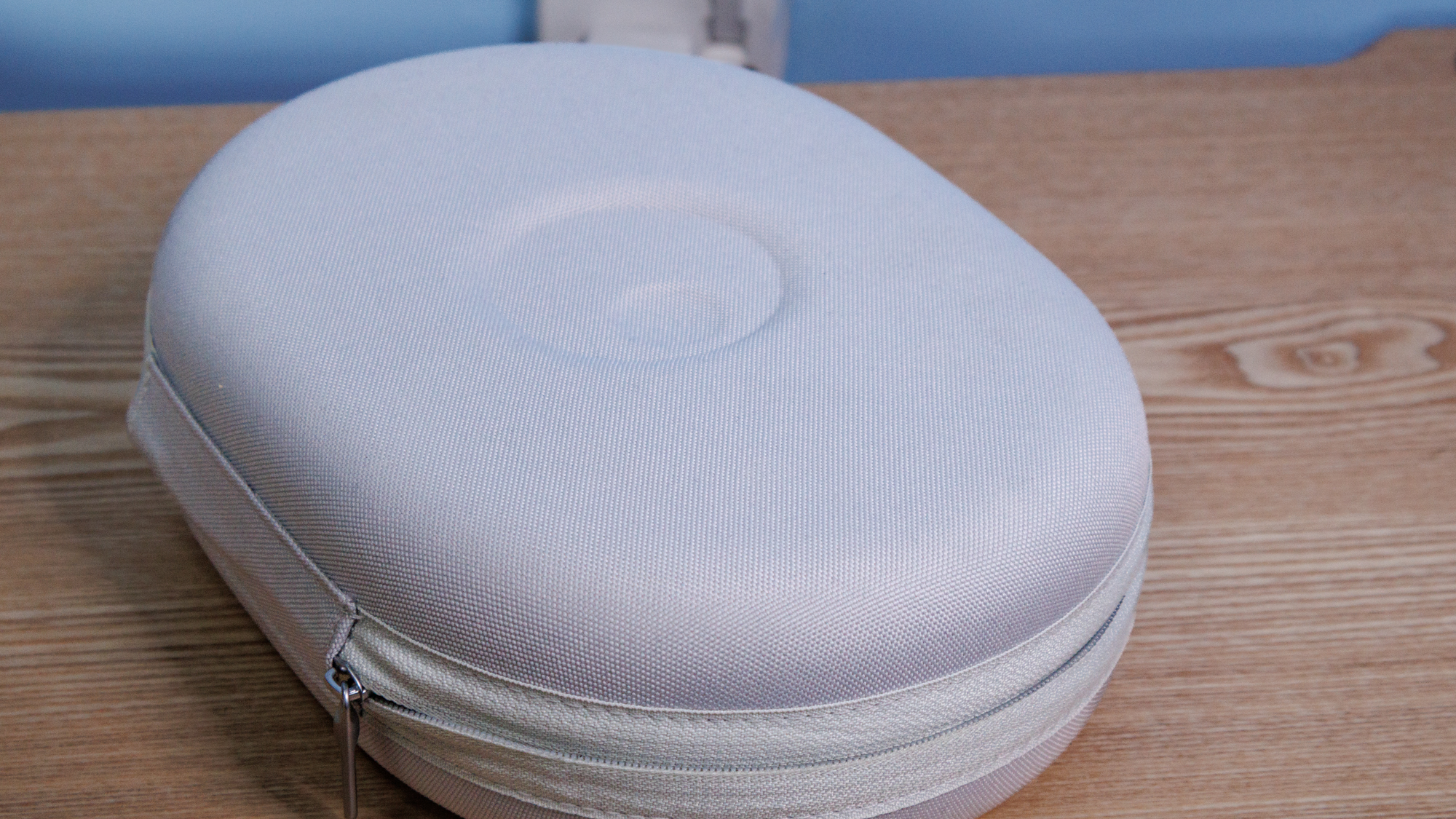
There are a couple of things that show that there's a $100 price gulf between the Sony and Bose options and the P100 SE. The first is the size of the case.
While the more expensive options fold smaller and feature slimmer cases, the P100 SE have a gargantuan carrying case that takes up more space in a bag. It still feels expensive—the magnetic door on the cable compartment is inspired—but it is very, very large.
There are also a couple of features missing. Spatial audio fans might be saddened to see no form of Atmos or even a custom variant, but I never found myself worrying. ANC is very good, but still bettered by the Sony and Bose headphones.
But in the long run, considering the $100 price difference, the P100 SE prove that you don't have to spend loads and loads of money to get spectacular headphones.
Perhaps, instead of moving prices continuously up and up, we might see those prices drop to counter upstarts like Cambridge Audio. Sadly I have my doubts, given how much money the likes of the XM6 and QC Ultra Headphones must make their manufacturers.
Follow Tom's Guide on Google News to get our up-to-date news, how-tos, and reviews in your feeds. Make sure to click the Follow button.
.png)
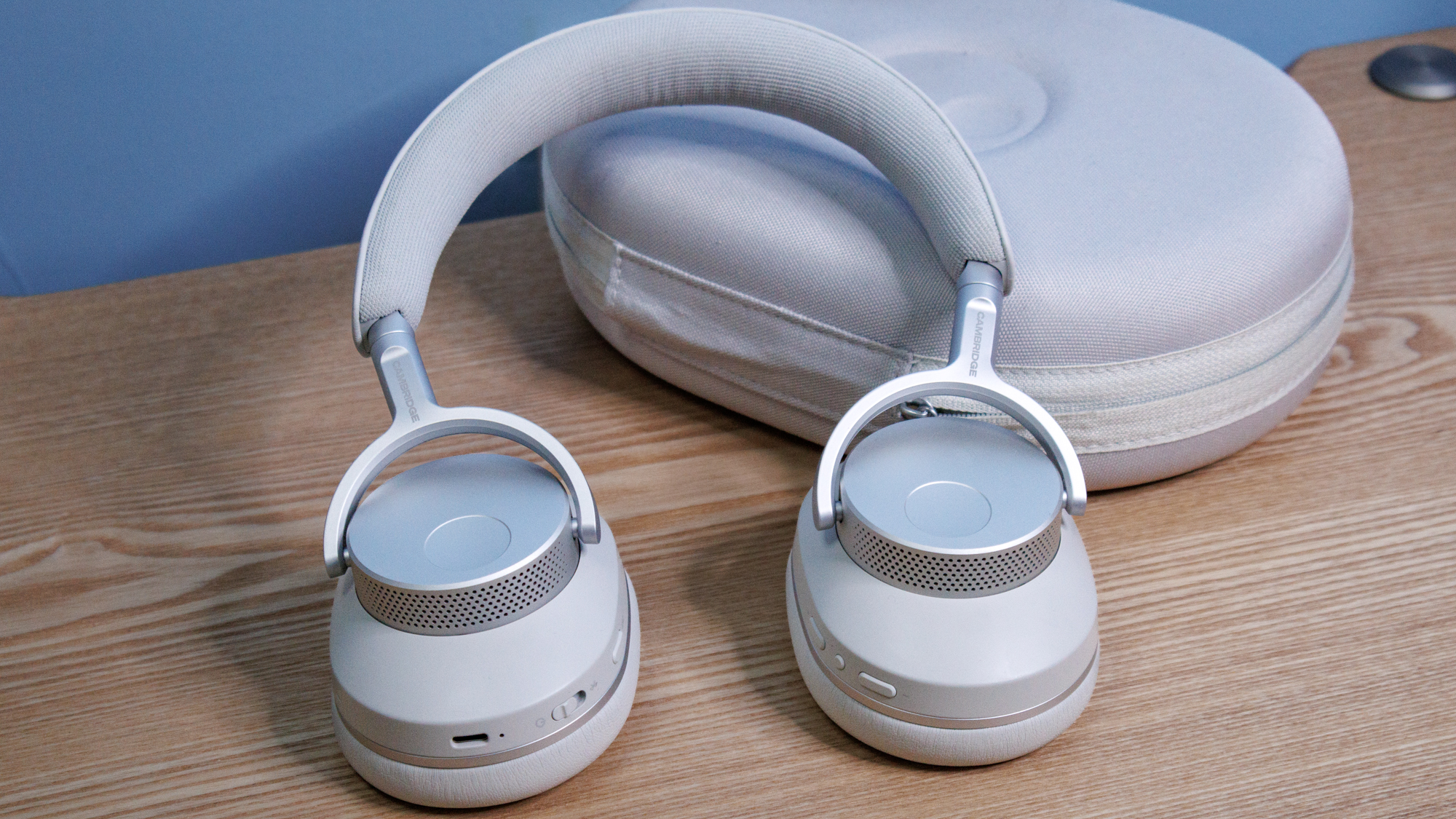
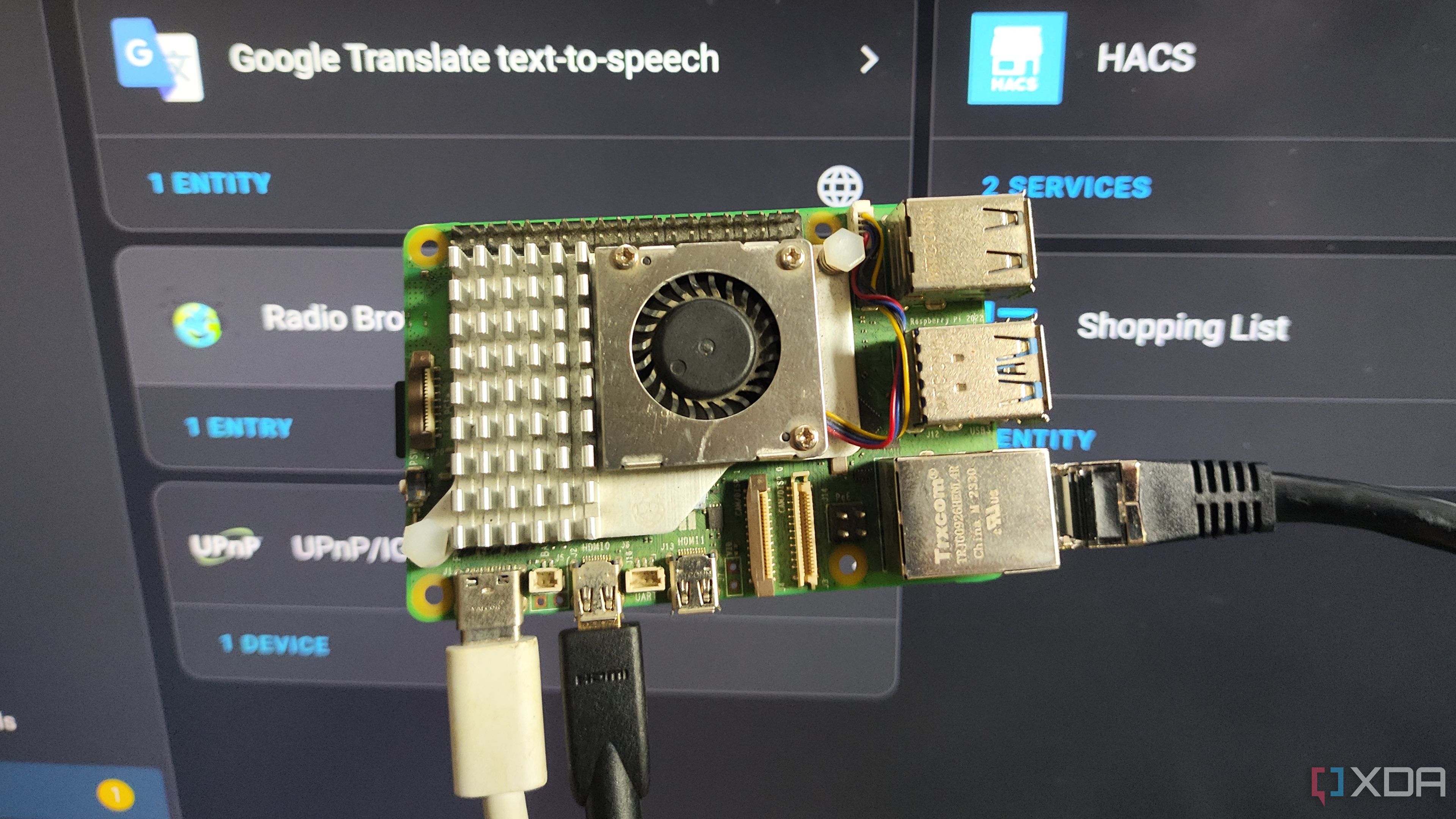









 English (US) ·
English (US) ·